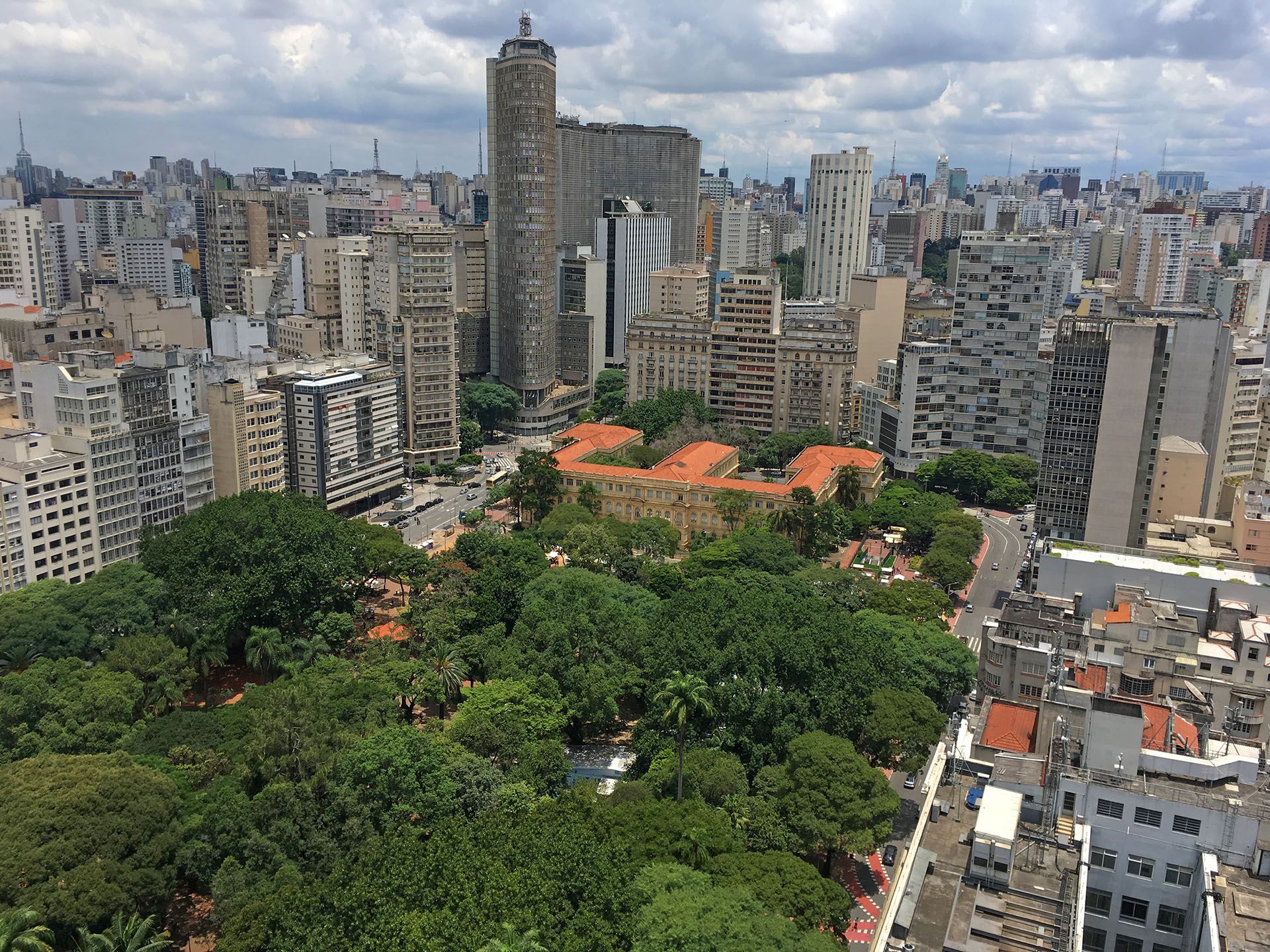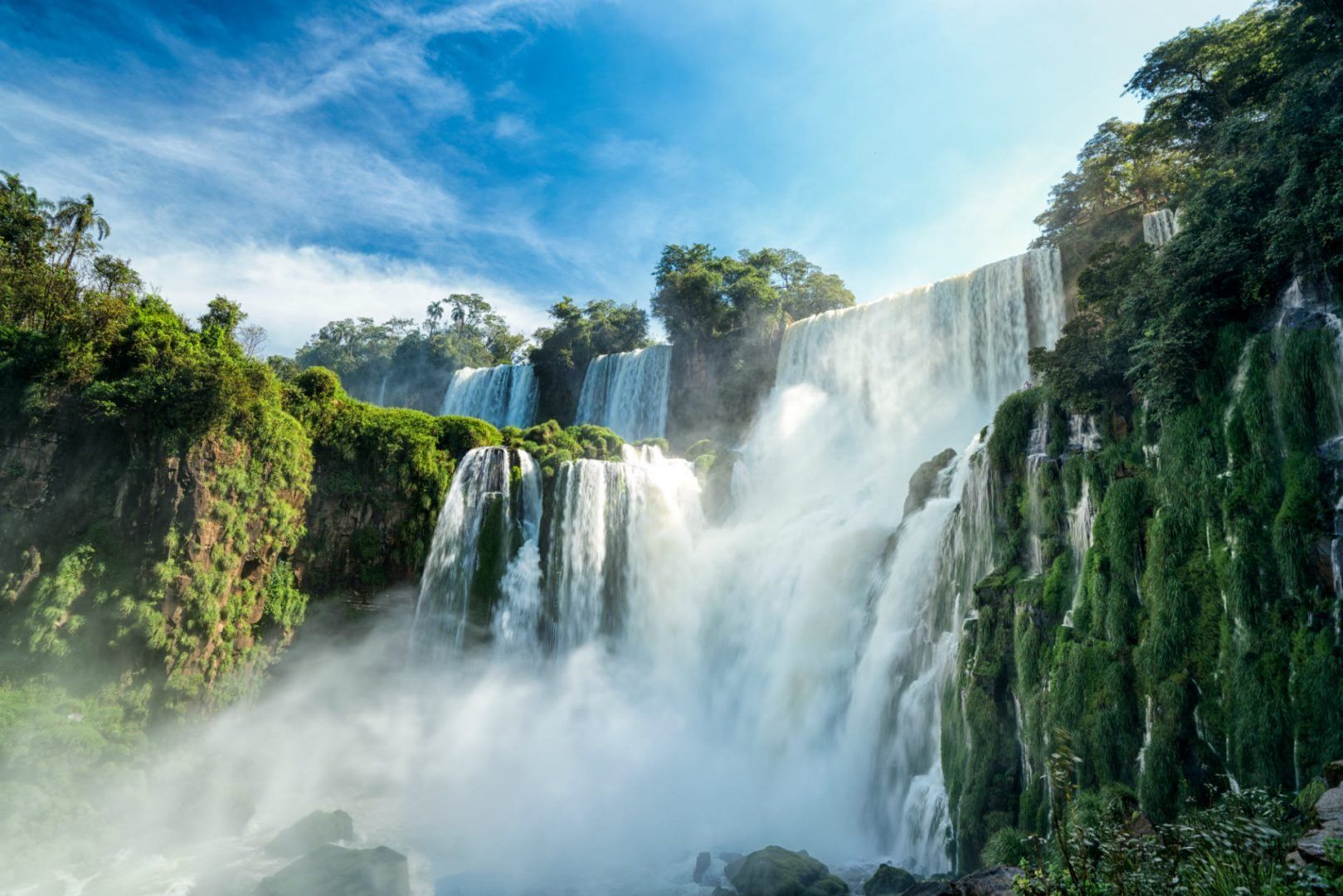Step 3: Planning your route through Brazil
When to do this: 3-4 months before
By about 3-4 months before your trip, it’s time to nail down your route. Start booking your transportation—look into domestic flights or buses for getting from city to city. This is the sweet spot for locking in your travel plans, so you’re not hit with last-minute price hikes, especially for popular destinations like Rio, São Paulo, or Salvador.
Decisions to make:
- How many places can you visit during your trip?
- How will you travel from place to place?
- How many days of your trip do you want to be traveling?
How do you get around Brazil?
Brazil is large, so figuring out transportation is key. For long distances, flying is usually going to be your best bet. LATAM, Azul, and GOL have solid domestic networks with frequent flights between major cities, and prices are often reasonable if you book early.
For shorter distances, Brazil’s luxury buses are surprisingly comfortable. The premium "Leito" services have fully reclining seats, which makes overnight trips manageable. Reliable bus companies like Cometa and 1001 cover most of the country, and for budget travelers, BlaBlaCar is a growing option—great for meeting locals and splitting costs.
A mix of flights and buses will likely work best: fly between far-apart regions to save time, then use buses for shorter hops to keep costs down.
Can you travel Brazil by water?
If you’re heading to the Amazon, boats are a way of life. From wooden riverboats to modern ferries, these vessels connect remote communities along the Amazon River and its tributaries. The most famous route runs between Manaus and Belém (a 5-7 day journey), where you can choose between a basic hammock spot or a private cabin. It’s slow travel at its finest, offering a glimpse into riverside life.
Along the coast, ferry services link beach towns, and speedboats serve island destinations like Ilha Grande and Florianópolis. If you’re taking a longer boat journey, go for the premium boats—basic services can be quite rustic.
Remote vs. popular destinations
Balancing Brazil’s popular and remote destinations comes down to infrastructure, costs, and the kind of experience you want. Big cities like Rio and Salvador have everything—easy access, great places to stay, and well-organized tours—but they also come with crowds and higher prices.
More remote spots, like the deeper Amazon or parts of the Pantanal, offer one-of-a-kind experiences with fewer tourists, but they take more effort (and money) to reach.

















